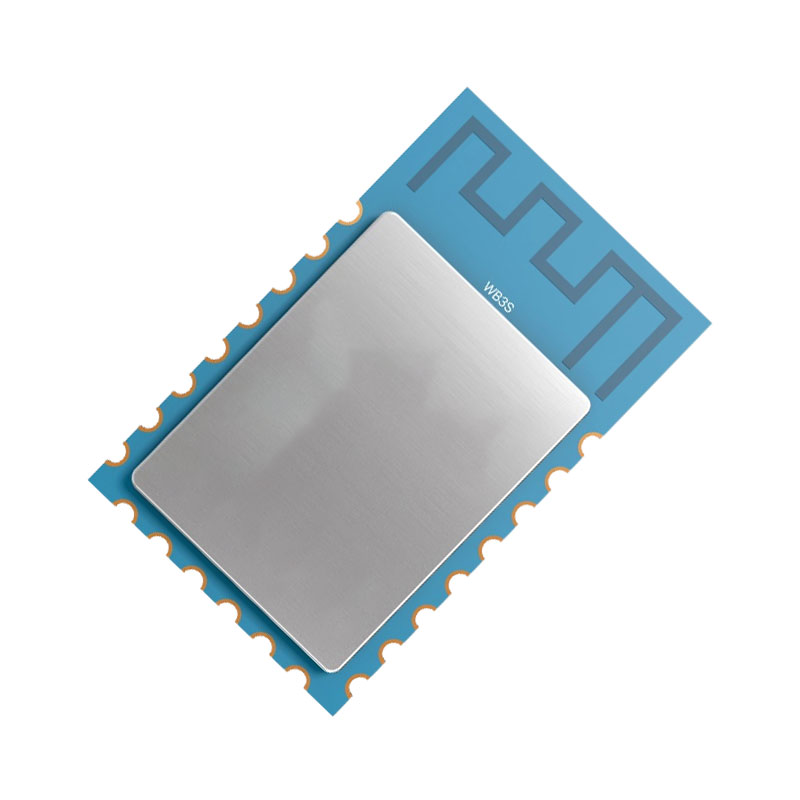The advent of IoT (Internet of Things) has revolutionized the way we interact with technology, enabling seamless connectivity and smart automation in various industries. At the heart of this innovation lies IoT chips, which play a critical role in enabling devices to connect, communicate, and collect data. In this article, we will delve into how IoT chips work, their underlying technology, and their applications in today's interconnected world.
IoT chips, also known as microcontrollers, are small electronic devices that integrate a variety of functions necessary for IoT devices. They typically consist of a central processing unit (CPU), memory, input/output peripherals, and various communication interfaces. The compact size and low power consumption make them ideal for embedding in a wide range of devices, including wearables, home appliances, industrial machinery, and even vehicles.
These chips are designed to efficiently process data, enable connectivity, and facilitate the execution of tasks specific to the connected device. They act as the brain of IoT devices, collecting sensor data, making decisions based on predefined instructions or algorithms, and transmitting or receiving data over wireless or wired networks.
At the core, IoT chips are built on the principles of embedded systems architecture. This architecture entails the integration of hardware and software components to create a dedicated computing system tailored for a specific application.
The hardware components consist of the microcontroller, sensors, actuators, and other peripheral devices required for the desired functionality. The software component includes the firmware, operating system, and application software that control the behavior of the IoT device.
IoT chips are programmed to interact with sensors that capture data from the surrounding environment. The acquired data is processed within the chip's CPU and stored in memory. Based on predefined algorithms or instructions, the chip performs necessary computations or tasks and produces an appropriate response, which is then transmitted to the desired destination.
IoT chips rely on various communication protocols to establish connectivity with other devices and transmit data. Some popular wireless protocols include Wi-Fi, Bluetooth, Zigbee, Z-Wave, and cellular networks, each suited for different ranges and data transmission requirements. Wired connections such as Ethernet and RS-485 are also utilized in certain scenarios.
To ensure seamless communication, IoT chips are equipped with the necessary hardware interfaces such as GPIO (General Purpose Input/Output), SPI (Serial Peripheral Interface), I2C (Inter-Integrated Circuit), UART (Universal Asynchronous Receiver-Transmitter), and more. These interfaces allow the chips to interact with other devices and exchange data efficiently, regardless of the communication protocol employed.

IoT chips have revolutionized our lives by enabling a vast array of applications. They have transformed ordinary devices into smart systems that offer enhanced functionality, automation, and convenience. From smart homes and wearables to industrial automation and healthcare, the potential applications of IoT chips are immense. By harnessing their power, we can create a connected world that enhances efficiency, improves decision-making, and enhances our quality of life.
In conclusion, IoT chips serve as the backbone of the Internet of Things. Through their integration of hardware, software, and communication capabilities, they enable devices to collect, process, and transmit data. As technology continues to evolve, IoT chips will play an increasingly vital role in shaping our interconnected future.
 Trolink Joint With Tuya to Make Iot Benefit Every Family
Trolink Joint With Tuya to Make Iot Benefit Every Family
 5 Key Indicators for WiFi Module Selection You Have to Know !
5 Key Indicators for WiFi Module Selection You Have to Know !
 IOT module is the brain of smart products
IOT module is the brain of smart products
 What is the signal coverage range of the WiFi module chip?
What is the signal coverage range of the WiFi module chip?